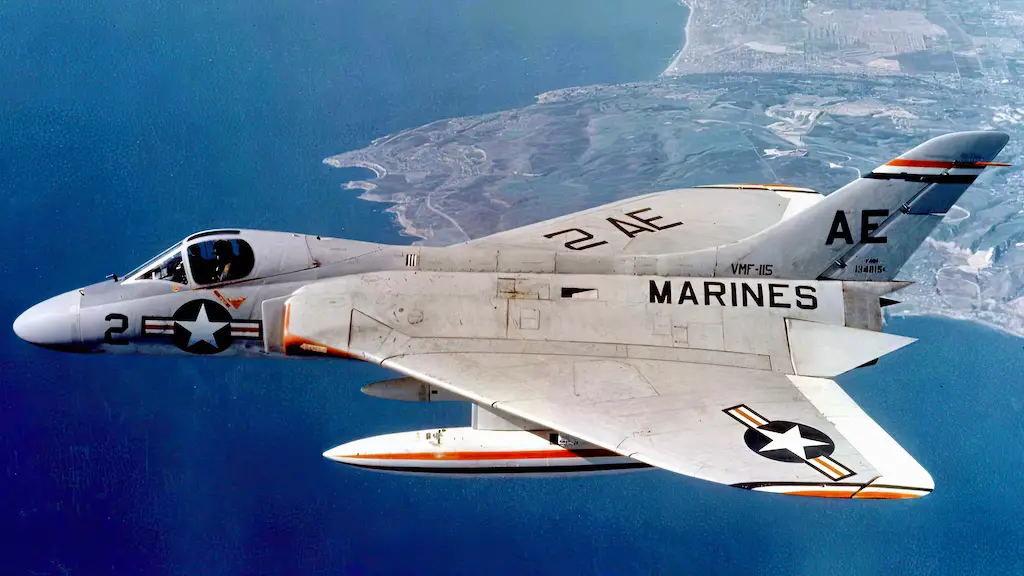
The F4D Skyray, (nicknamed the “Ford” for its “F”, “Four” and “D” used in the designation), came about from a 1947 United States Navy requirement to find a competitive Mach 1-capable, high-altitude interceptor. Not to be outdone by their Air Force counterparts developing their North American F-100 Super Sabre program and the competitive Soviets with their Mikoyan-Gurevich MiG-19, the US commenced work on what would become the F4D Skyray.
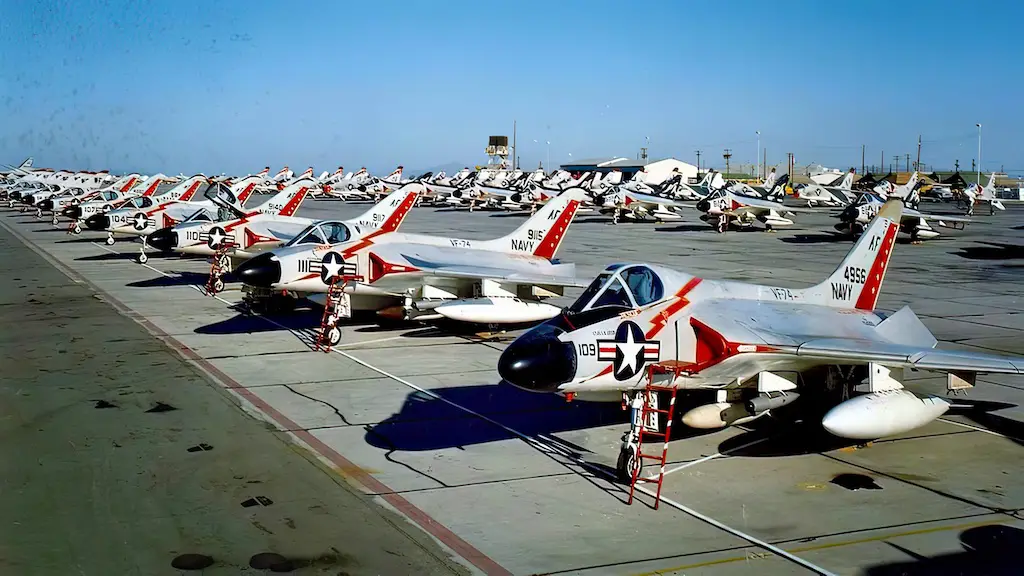
A “ten-minute killer”
Douglas designed and built the Skyray as a short-range carrier-based interceptor, prioritizing speed and rate of climb. The company benefited from wartime German research into delta-shaped wings, with aeronautical engineer Alexander Lippisch, who had previously designed Messerschmitt Me 163 rocket-powered interceptor, being among the Skyray’s creators. Just like Me 163, the Skyray made use of elevons, while its tail unit had only vertical surfaces.
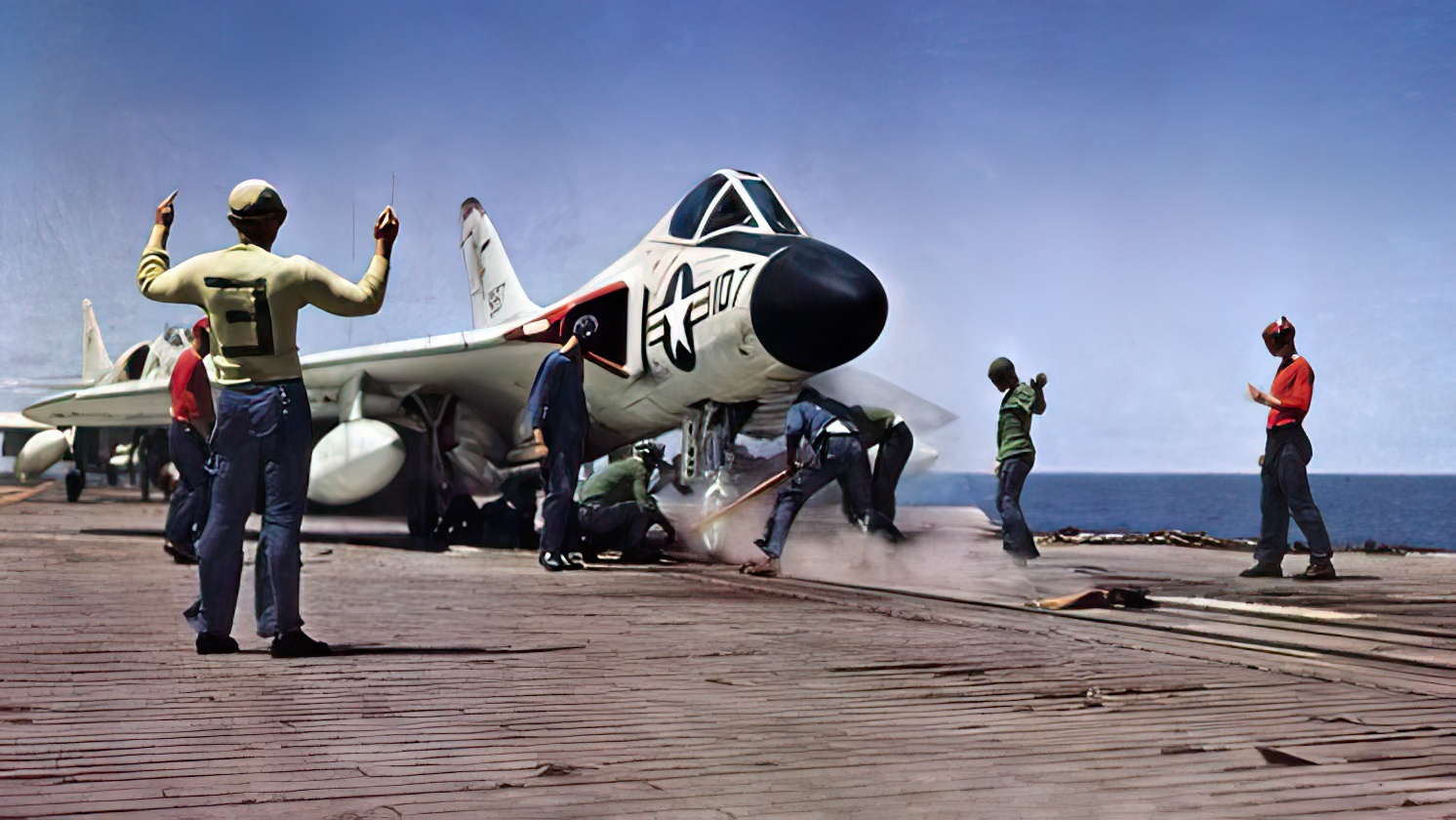
When the Skyray was built, it truly met performance requirements set before Douglas. The fighter’s ability to climb to 40,000 feet within a couple of minutes even earned the Skyray a “ten-minute killer” nickname, implying the amount of time needed for an enemy bomber to be done and over with from the moment of its detection.
Armed with four AIM-9 Sidewinder heat-seeking air-to-air missiles and equipped with a cutting-edge radar with a lock-on range of 12 miles, it was a serious threat for incoming Soviet strategic bombers in the event of a massive nuclear confrontation.
A short career
The Skyray made its first flight in 1951, entering squadron service with the Navy five years later and joining the Marine Corps in 1957. One of the Navy’s Skyray-equipped squadrons also served under USAF command, assigned to the North American Air Defense Command (NORAD) during the late 1950s.
Pilots called the machine “Ford”—for the F4D abbreviation. Although an excellent high-altitude interceptor, Ford was not the easiest jet to handle. Very agile, but also quite unstable. It wasn’t particularly well suited for carrier landings either. Not to mention a bunch of various technical problems, including fairly ludicrous ones. Like the stick blocking the view of the radar display, prompting pilots to employ improvised periscopes to see it.
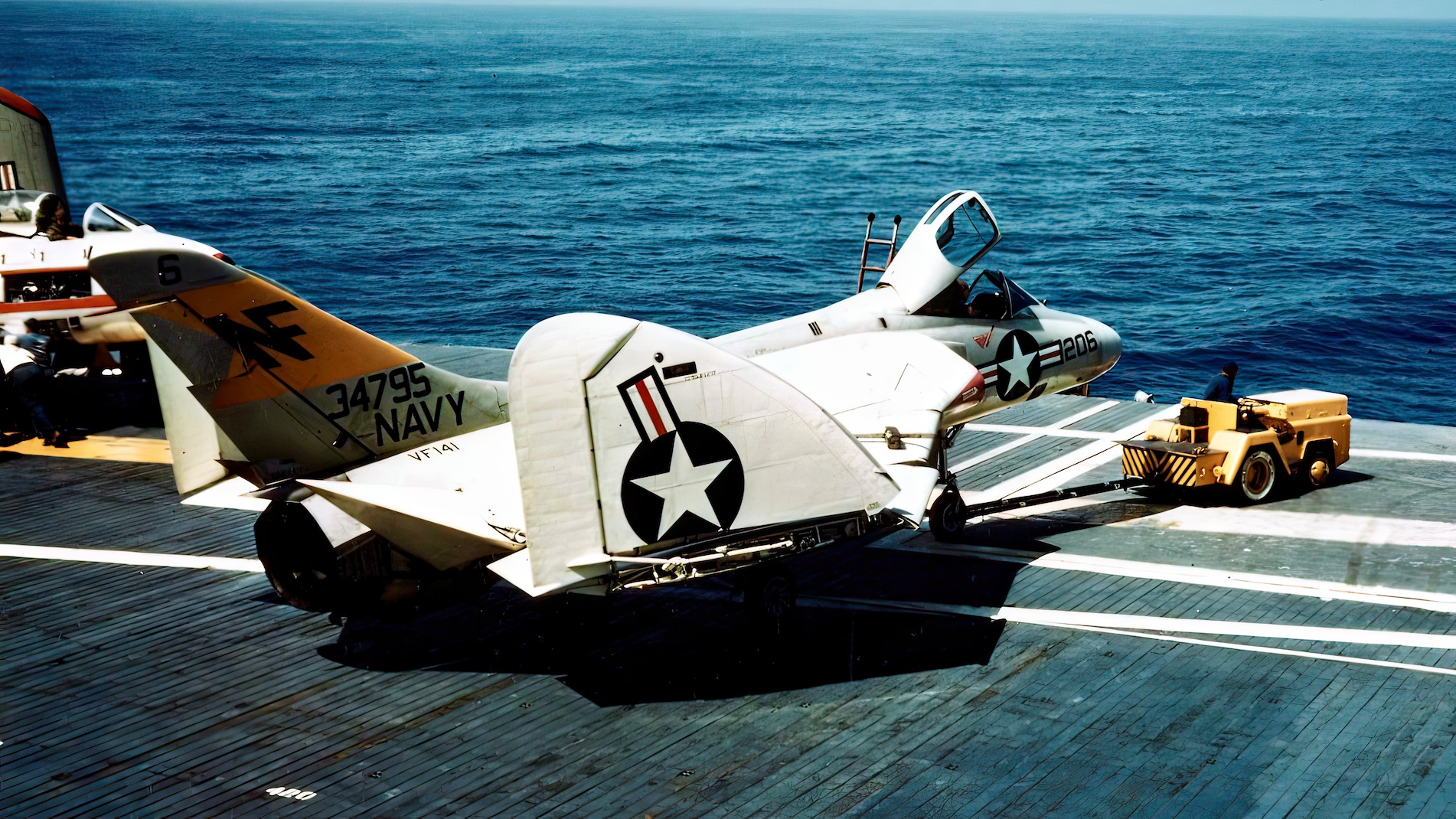
Several years after the Skyray’s maiden flight, Douglas designed its improved version, the F5D-1 Skylancer, but it never went into production. In 1964, Skyray was phased out, giving way to more advanced and versatile aircraft, such as McDonnell Douglas F-4 Phantom II and Vought F-8U Crusader. It, thus, never saw combat during those peaceful years between Korea and Vietnam. Skyrays were deployed in Florida during the Cuban Missile Crisis of 1962, but the situation never came to air fights.
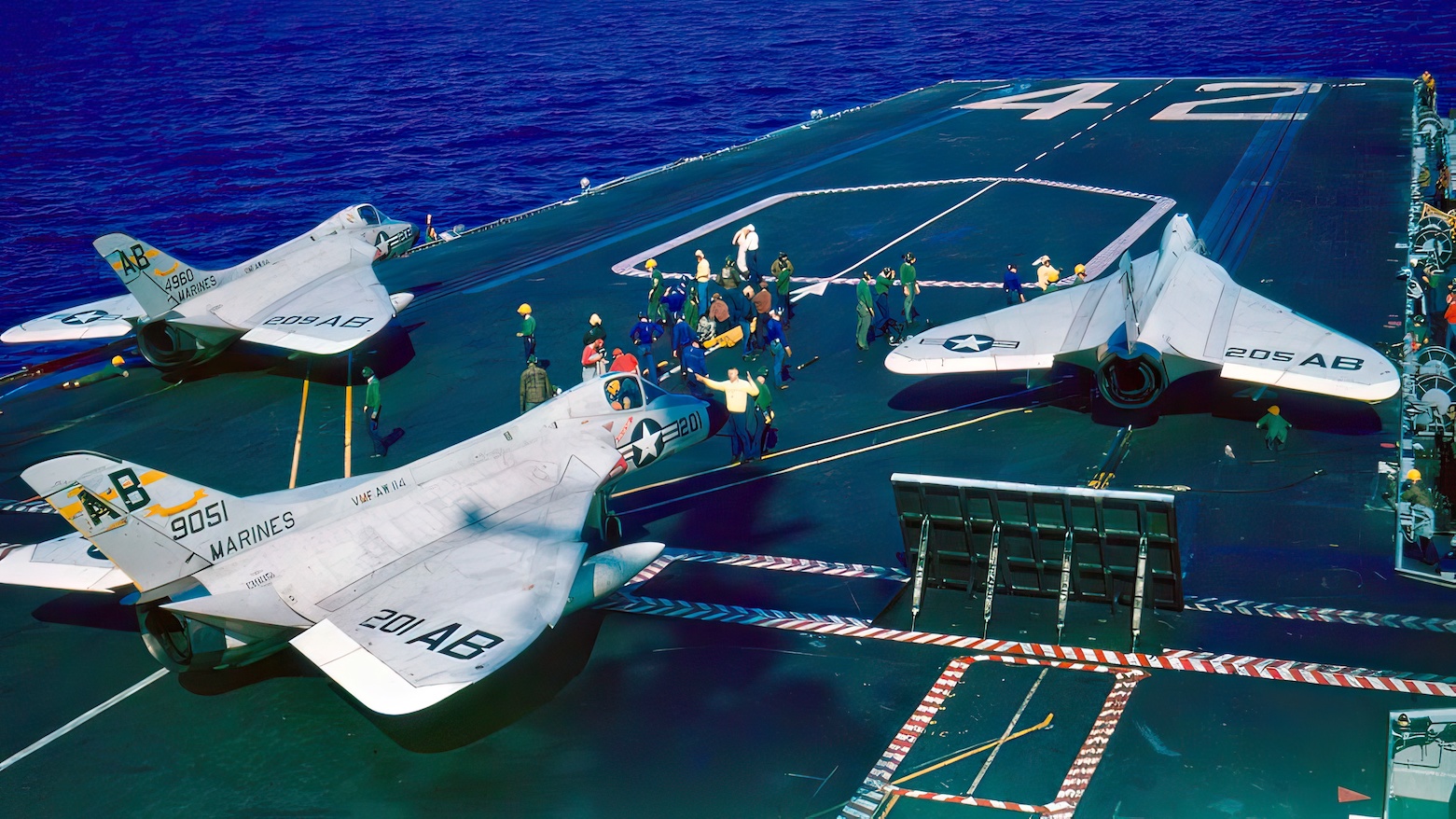
Navy’s record breaker
During its short life the Skyray set several noteworthy records. On October 3, 1953, a Skyray set a world speed record of 752 mph over 1.86-mile straight course with US Navy Lt. Cdr. James Verdin at the controls. While significant in itself, the achievement was also unique in that the Skyray thus became the first carrier-based aircraft to hold the absolute world speed record.
In May 1958, USMC Maj. Edward LeFaivre piloting a Skyray set as many as five world time-to-climb records over the course of two days. Of course, with the 1950s’ crazy pace of innovations in jet aircraft development, Skyray’s records were soon broken, but for a short time it was a star.
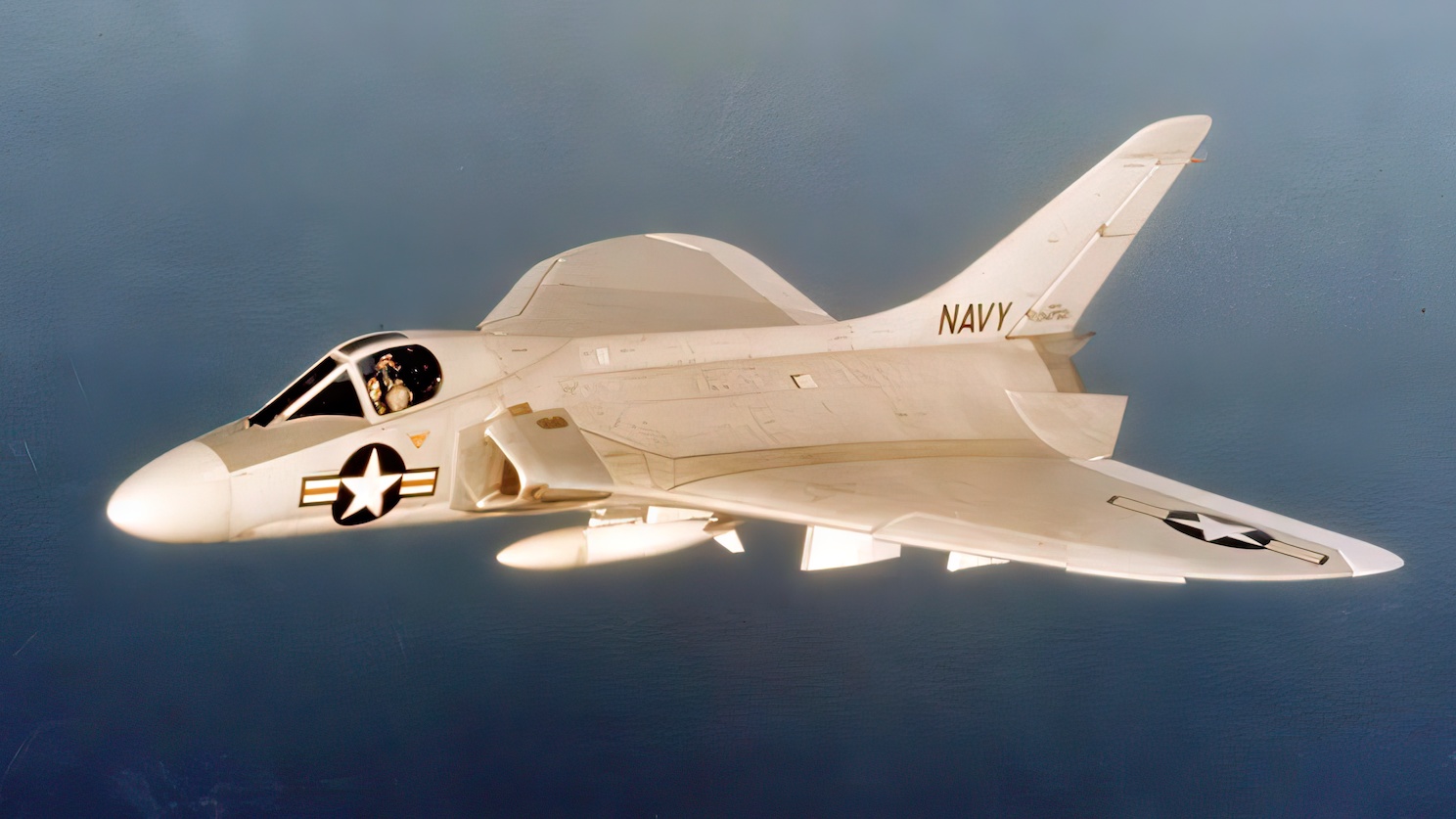
A total of 421 Skyrays were built between 1950 and 1958. Several of those have escaped the scrapyard and are on display in aviation museums across the US.
